By Tarmo Virki, European Technology Correspondent
HELSINKI (Reuters) - Mobile maker Nokia's Symbian operating system is on the ropes, its lead being stripped away blow by Android blow, but if its new boss throws in the software towel now, the relief will be brief and the scars permanent.
Stephen Elop, appointed Nokia's chief executive three months ago, is due to present his plans to arrest the market leader's decline early next year, and there are siren voices that would have him turn his back on mobile software and focus on handsets.
The runaway success of rival Apple's iPhone and its online App Store took Nokia by surprise, and while the Finnish firm still makes eight phones for every iPhone sold, for many quarters Apple has generated a bigger profit from its phone business than Nokia.
Following Apple's footsteps, Google rolled out its open-source Android operating system, which has become the standard for smaller phone makers. On current trends it will surpass Nokia's old workhorse Symbian in 2011 as the world's most used mobile OS.
"The software battles have been fought and won by Google and Apple. Nokia can either join the winning camp, or wither in a status quo of software wars already lost," said Alexander Peterc, analyst at Exane BNP Paribas.
Elop's personal history -- a former Microsoft executive -- gave vigour to rumours that Nokia would decide to use Google or Microsoft software in its smartphones.
This week in San Francisco, Android chief Andrew Rubin fuelled speculation further by ducking the question on possible talks with Nokia, while saying its new management was open to new ideas.
Nokia has undoubtedly had a rough time of it this year. Its shares have have fallen 15 percent, while the Stoxx Europe 600 Technology index has gained 13 percent.
It's entirely possible that by embracing Android its shares could avoid the punches for a while and rise a little; the company's costs would fall and it would enjoy the effects of moving with the newcomer's momentum instead of fighting to preserve a shrinking corner.
For his part, Elop said in October that using external software was an unlikely step.
Not just unlikely, but unwise, say others.
"When Nokia picks Android, investors will sell their shares," says John Strand, CEO of Danish telecoms consultancy Strand Consult. "That would be the day Nokia turns itself into a Dell of the mobile world."
He has a point; Nokia shares trade at 11.3 times next year's earnings, well below Apple's 16 times, but ahead of computer maker Dell's 9.1 times. At Dell's valuation, Nokia shares should be at 6.19 euros, not the 7.62 euros they traded for on Thursday.
Dell's gross margin is 18 percent, while Nokia's is still 31 percent, with Apple standing at 38 percent.
STRATEGIC ASSET
And the logic goes much deeper than just share price.
"For a company that regards software as a key strategic asset, shifting to Android and losing control of its own destiny would not be considered a viable option," said CCS Insight analyst Geoff Blaber.
"I do not think it would be a solution. That would be a failure," said Alan B. Lancz, president of wealth management firm Alan B. Lancz & Associates, which holds Nokia stock.
"Software is going to be a key component of their success; that's the reason they brought in Stephen."
To avoid becoming just a hardware manufacturer, Nokia is redoubling its efforts to develop its new open source smartphone platform MeeGo into a formidable rival to iPhone and Android.
Earlier this year Nokia and Intel, the world's largest semiconductor firm, merged their mobile Linux versions into MeeGo, which has reached consumers through one small tablet manufacturer, but Nokia delayed its rollout into 2011.
In October Elop dropped Symbian into the background of Nokia's software strategy, and all Nokia phones software will be developed with cross-platform Qt technology.
"It's providing an easier developer environment than the old Symbian tools, which were quite complex," Jo Harlow, the head of Nokia's smartphone unit, told Reuters in a recent interview.
Adam Leach, analyst with research firm Ovum, says selling the Qt story to external developers will be the key to success.
"They need to convince a lot more developers -- the ones currently working with Apple's iOS and Android. Developers need to buy into the story around Qt," Leach said.
Easier said than done.
When Alexandre de Rochefort, CFO of Gameloft, the world's second-largest mobile gaming firm, was asked last month of his company's plans for Qt development, he said he had not heard of the technology. But he was fluent in explaining the nuances of different Android versions.

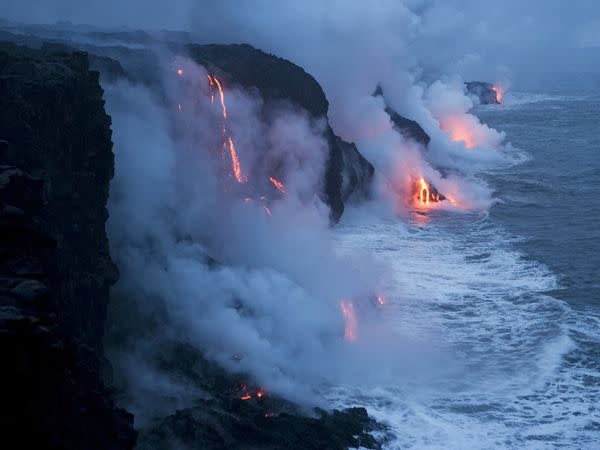




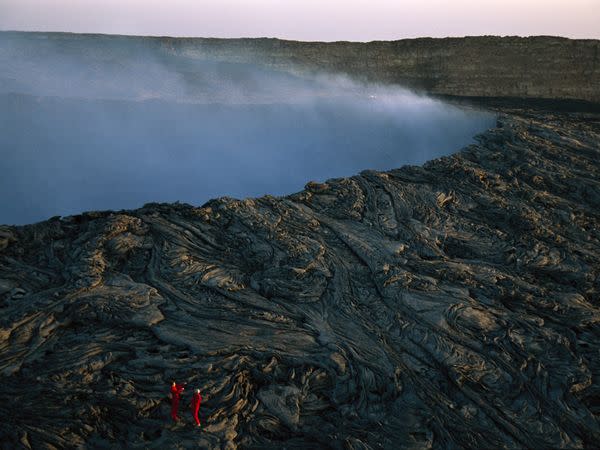

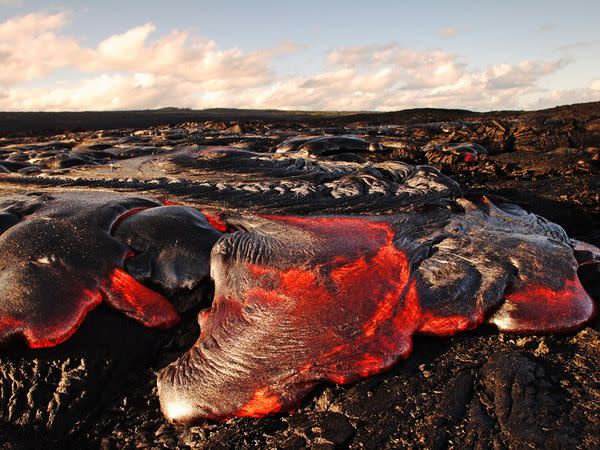
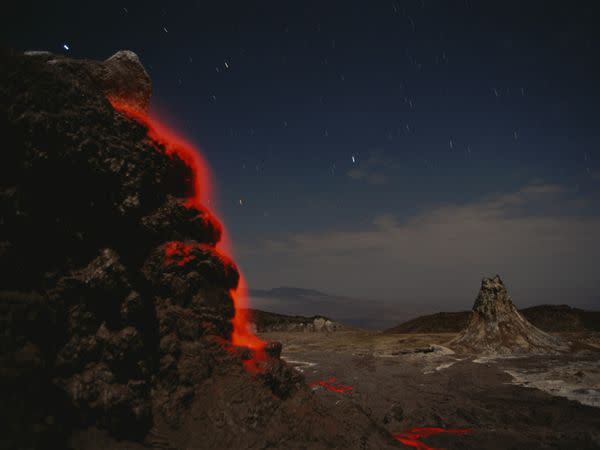
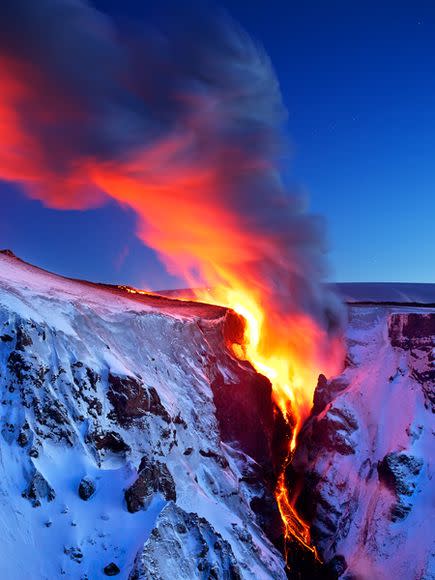

 Where scandals are concerned, Raja, Kalmadi, Chavan, Radia and Yeddyurappa are clear winners this year, but Raja also wins the lifetime award for pulling off the biggest scandal ever in India.
Where scandals are concerned, Raja, Kalmadi, Chavan, Radia and Yeddyurappa are clear winners this year, but Raja also wins the lifetime award for pulling off the biggest scandal ever in India.
































































